Supportive Regulatory Environment
A supportive regulatory environment is fostering growth in the Wearable Injectors Market. Regulatory bodies are increasingly recognizing the potential of wearable injectors to improve patient care and are streamlining approval processes for these devices. This regulatory support not only accelerates the introduction of innovative products to the market but also instills confidence among manufacturers and investors. As a result, the Wearable Injectors Market is likely to see an influx of new entrants and products, enhancing competition and driving further advancements in technology and design. The favorable regulatory landscape is thus a key driver of market expansion.
Increased Focus on Patient Compliance
The emphasis on patient compliance in treatment regimens is a significant factor influencing the Wearable Injectors Market. Healthcare providers are increasingly recognizing that adherence to prescribed therapies is crucial for achieving optimal health outcomes. Wearable injectors offer a user-friendly solution that simplifies the administration of medications, thereby enhancing compliance rates. Studies indicate that patients using wearable injectors are more likely to adhere to their treatment plans compared to traditional methods. This trend is expected to drive the growth of the Wearable Injectors Market as more healthcare systems adopt these devices to improve patient outcomes and reduce healthcare costs.
Rising Prevalence of Chronic Diseases
The increasing prevalence of chronic diseases such as diabetes and rheumatoid arthritis is a primary driver for the Wearable Injectors Market. As these conditions require regular medication administration, the demand for convenient and efficient drug delivery systems rises. According to recent data, the number of individuals diagnosed with diabetes is projected to reach 700 million by 2045, which underscores the necessity for innovative solutions like wearable injectors. These devices not only enhance patient compliance but also improve the overall quality of life for patients managing chronic conditions. The Wearable Injectors Market is thus positioned to expand significantly as healthcare providers seek to offer more effective treatment options.
Technological Innovations in Drug Delivery
Technological advancements in drug delivery systems are propelling the Wearable Injectors Market forward. Innovations such as miniaturization, smart technology integration, and enhanced biocompatibility are making wearable injectors more appealing to both patients and healthcare providers. For instance, the incorporation of sensors and connectivity features allows for real-time monitoring and data collection, which can lead to personalized treatment plans. The market for wearable injectors is expected to grow at a compound annual growth rate (CAGR) of approximately 15% over the next five years, driven by these technological innovations. As a result, the Wearable Injectors Market is likely to witness a surge in product development and adoption.
Growing Demand for Home Healthcare Solutions
The rising demand for home healthcare solutions is significantly impacting the Wearable Injectors Market. As patients increasingly prefer to manage their health from the comfort of their homes, the need for convenient and effective drug delivery systems becomes paramount. Wearable injectors provide a practical solution for self-administration of medications, particularly for chronic disease management. Market analysis suggests that the home healthcare market is expected to grow substantially, with wearable injectors playing a crucial role in this transformation. This shift towards home-based care is likely to drive the Wearable Injectors Market, as more patients seek autonomy in their treatment.
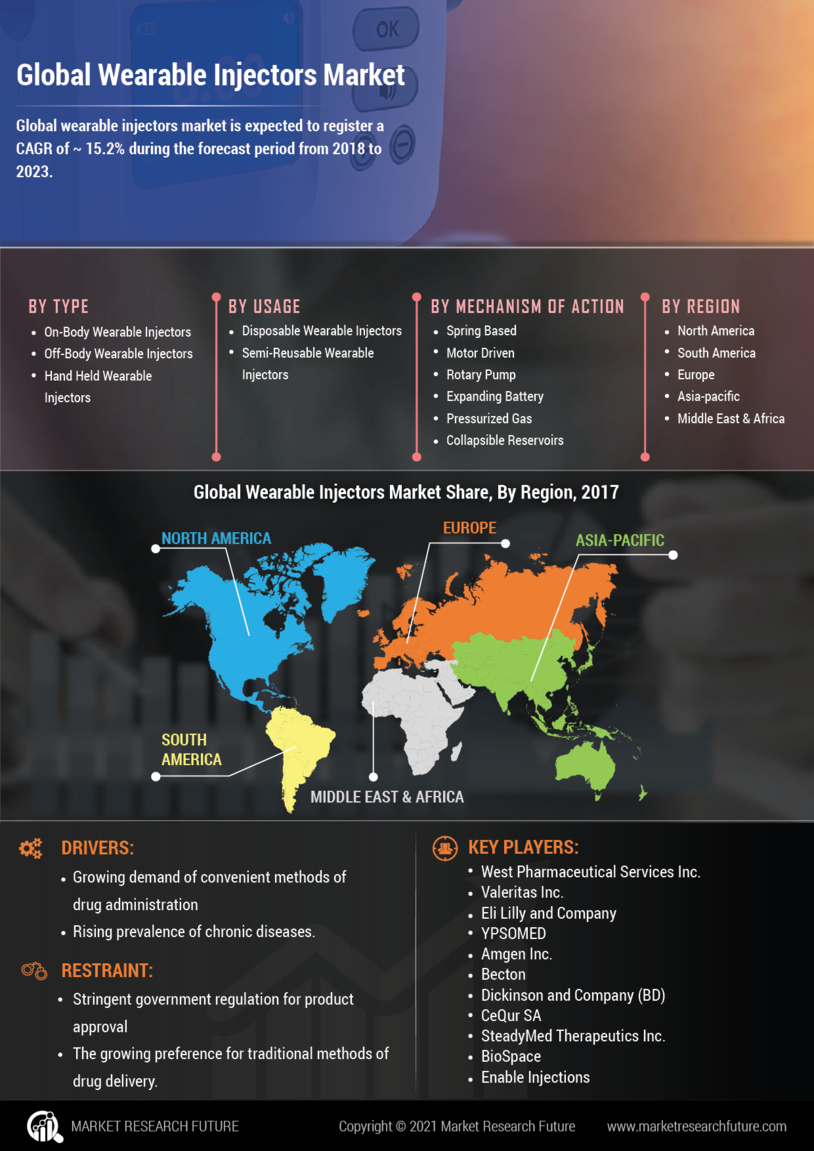

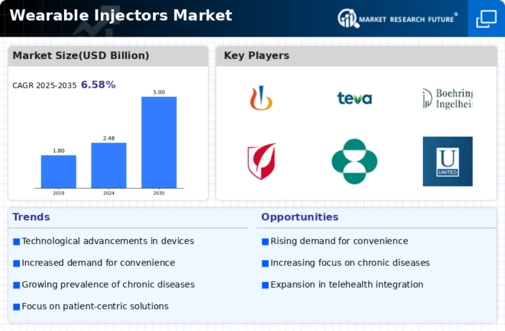
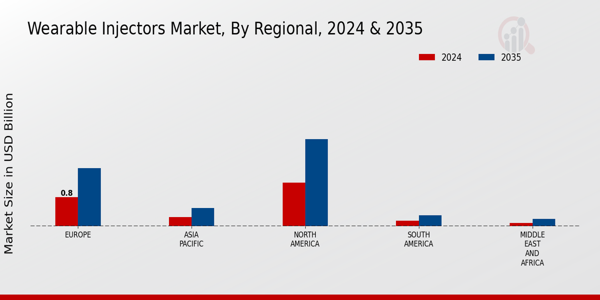
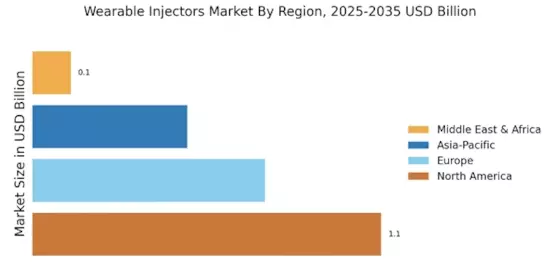

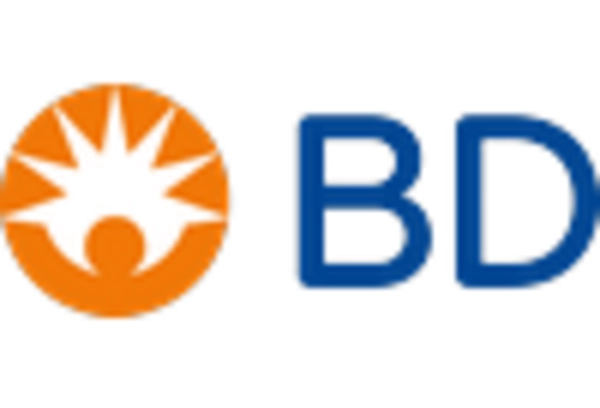
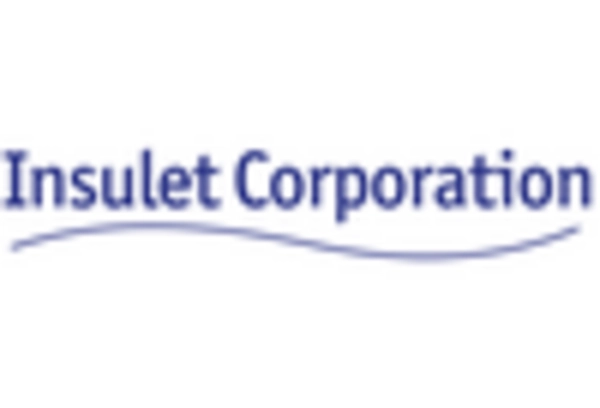


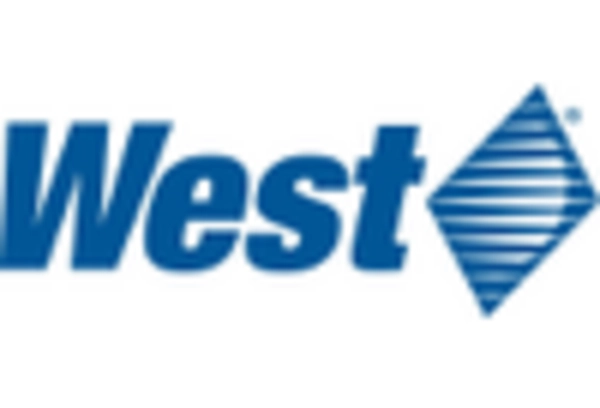








Leave a Comment